Expo 2008 in Zaragoza - Water Resources
Monday, July 14, 2008
 Zaragoza, Spain and Canary Islands
Zaragoza, Spain and Canary Islands
International Expo 2008 with its theme of “Water and
International Development” was my main reason for stopping in Zaragoza . The
theme is of interest to me as an economist who studied (although has never
really practiced) natural resource economics. “Sustainable Development” has
varying definitions but the basic idea is one of economic and social
development in a way that natural resources are not degraded or depleted. Water
as a resource, of course, relates to many aspects of sustainable development,
so it’s a very broad subject matter.
Other past International Expos have had themes like “The
Future” and show off fantasy versions of a world we’re supposed to soon live
in. Of course, they always promise us things that never come to fruition and
are completely unable to foresee the technological advances that eventually
take place. But can such a nerdy subject be enough of a crowd pleaser to
attract crowds to justify a World’s Fair?
Ooooh, so exciting! I half expected to have the place to myself.
The entrance to the fairgrounds was Disneyesque right down
to the cable cars and futuristic EPCOT Center like buildings and a
funny-looking blue expo mascot called Fluvio . First across a futuristic-looking
bridge pavilion spanning the Ebro River with the theme of “Water as Resource”
and some thoroughly vapid presentations. Next to Torre del Agua (tower of
water) with a few exhibitions in the base and the remainder of the building a
monumental waste of space – an open tower building housing a silvery sculpture
that looks like droplets of water. Two ramps spiral around the interior of the
perimeter, one ascending and one descending but not connecting anywhere in the
middle, so you have to spend half an hour wandering all the way to the top
before you’re able to go back down to escape. What this has to do with the
theme of the expo never became clear to me.
Next I started checking out the national pavilions, which
were housed on both sides of a long outdoor concourse in two story buildings.
Virtually all of these were very disappointing and also had little to do with
the Expo’s subject matter. Most
contained touristic info, a few cultural displays, snack stands or restaurants
and souvenir shops . Apparently managing water resources just means displaying
images of your country’s coastlines, lakes, and rivers that travelers can enjoy
and drop a wad of money on during a visit to the country. Some national
pavilions like those of India, Nepal, and Yemen were little more than shopping
bazaars.
Other nations had impressive audio-visual displays, movies,
and shows that I’m sure have great entertainment value for some people but I
found to have little informational or educational value. Only two national
pavilions seemed to adhere closely to the theme (I must admit I did not enter
every country’s showplace), those of Sweden and Oman. Maybe Sweden has a lot to be proud of in
terms of sustainable development of water resources, or maybe Swedes are just
inclined to follow the rules and keep to the Expo’s subject matter. In any
event, the exhibits were highly detailed and informational on the nation’s
projects and plans to meet sustainable development goals, particularly as they
relate to water.
Oman surprisingly stuck to the theme too with great detail
about traditional water management techniques of the very limited resource in
the nation, things like collection ponds, water channels, dams, and irrigation
techniques that have been used for centuries, as well as applications of
sustainable development concepts to modern growth .
The other extreme was Libya, which stayed on subject but
just didn’t seem to get it. Most of the pavilion was about its “Eighth Wonder
of the World”, Moamar Qaddafy’s plan to tap undeveloped underground aquifers
deep in the Sahara to be transported in concrete pipes to coastal regions for
agricultural development. Qaddafy was
referred to in the brochures as “Leader of the Revolution” and the project as
“Great Man-Mad River Project”, a typo that at first glance I read as “Great Mad
Man River Project”. Maybe the typo was intentional by a translator who wanted
to have some fun.
Being somewhat of a rogue nation, the U.S. sometimes ignores
such events and definitely doesn’t allow federal funds to be contributed even
if it participates with funding by corporate donors. In Zaragoza, though, there
was a conspicuous absence of contributions from other major English-speaking
countries – United States, Canada, Australia, New Zealand, United Kingdom, and
Ireland were all missing .
I continued on to the Aragon regional pavilion as a strange
parade that seemed like something out of Cirque du Soleil was taking place.
Aragon’s was more tourism promotion and great audiovisual displays, themes that
were repeated at the Zaragoza city and provincial pavilions and then again at
those of other regions of Spain. There were lots of pictures of water starting
on snowy mountain peaks, rushing streams, mountain lakes, rivers, and then the
Mediterranean and Atlantic beaches. Hey, I just saw all of that live!
Upstairs some corporate pavilions were spewing out the
propaganda. “Save Water, Drink Coke!”
Well, not quite, but almost. I
then wandered into a hall where there were some particularly friendly people,
glossy handouts, and young Americans. Once I was seated in the theater I
realized in was an Evangelical Christian organization and learned in their film
that all water problems will be solved if we just let Jesus lead and all
followed him . I got a chuckle out of it, but many of the Spaniards walked out
in disgust at the blatant religious proselytizing.
The lines for Spain’s national pavilion and for the Expo’s
aquarium were just too long for me to be bothered with. Several pavilions with the themes of Thirst,
Cities of Water, Extreme Water, and Water and Energy had very snazzy
Disneyesque audio-visual presentations with great sound effect and 3-D - lots
of oohing and ahhhhing!
The only other really redeeming pavilion was one put on by a
consortium of NGOs giving lots of examples of challenges of water and
sustainable development, success stories and disasters – Lake Chad, the Aral
Sea, Senegal River, Everglades, eliminated dams in France, cyclone warning
systems in Bangladesh and Mozambique. It wasn’t well attended, though, probably
a little too boring for the masses.
I left the expo in the late afternoon in thorough disgust at
the Disneyesque nature of it all .
Perhaps I was naïve to expect more, but I swore never to attend another
world expo fair again. Why not just go
to a theme park?
I tend to question their place in the modern world. The great
expos of the late 1800s and early 1900s and then those in New York in the 1930s
and 1960s and Montreal in 1967 all took place in an era when people had little exposure
to the rest of the world. Nowadays, though, all information is available on the
Internet. Everything I saw at the expo is accessible on the Discovery Channel
and dozens of other TV channels. Stores and online retailers now sell everything
that was for sale in the national pavilions at the expo.
And it’s quite expensive entertainment at a Disneyesque
price of 35 Euros (about 55 dollars at the current exchange rate). At least at
Disney you get to go on rides. Perhaps I’m “jaded” nowadays after the travel I’ve
experienced and seeing “the real thing” around the world. It wasn’t always that way. My first world
expo was the 1982 World’s Fair in Knoxville, Tennessee on the theme of energy.
But I was 15 years old then and hadn’t been far from home so was probably
easily impressed.
World Expos – meh!
Other Entries

 Zaragoza, Spain and Canary Islands
Zaragoza, Spain and Canary Islands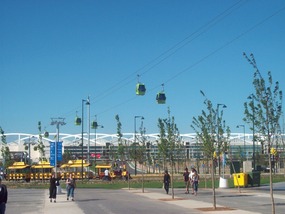
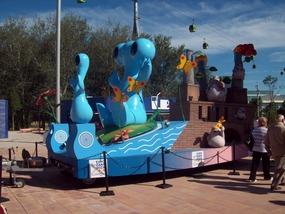
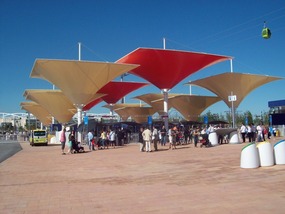
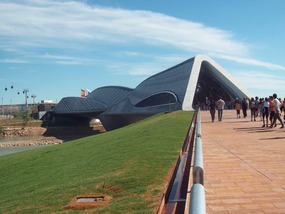
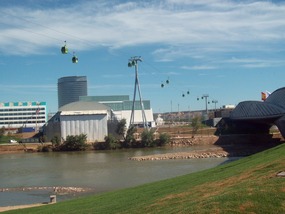
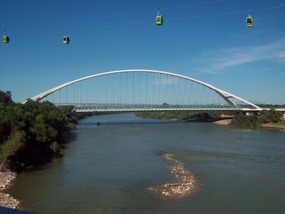
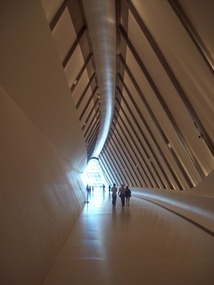




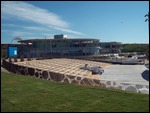
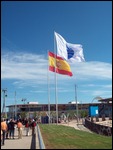

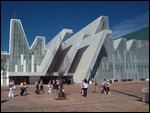
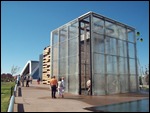
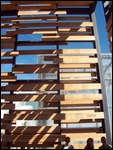
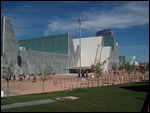
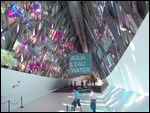

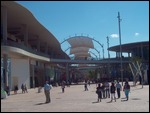
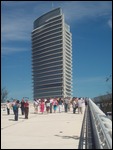
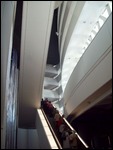
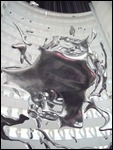

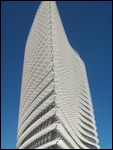
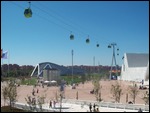

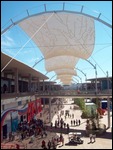
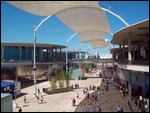
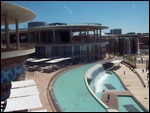
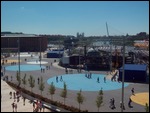


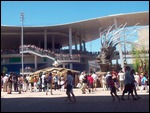
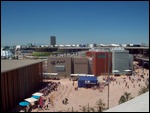
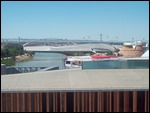
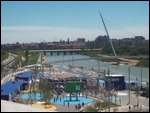

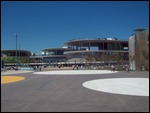
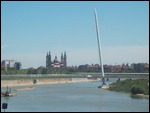
2025-05-22